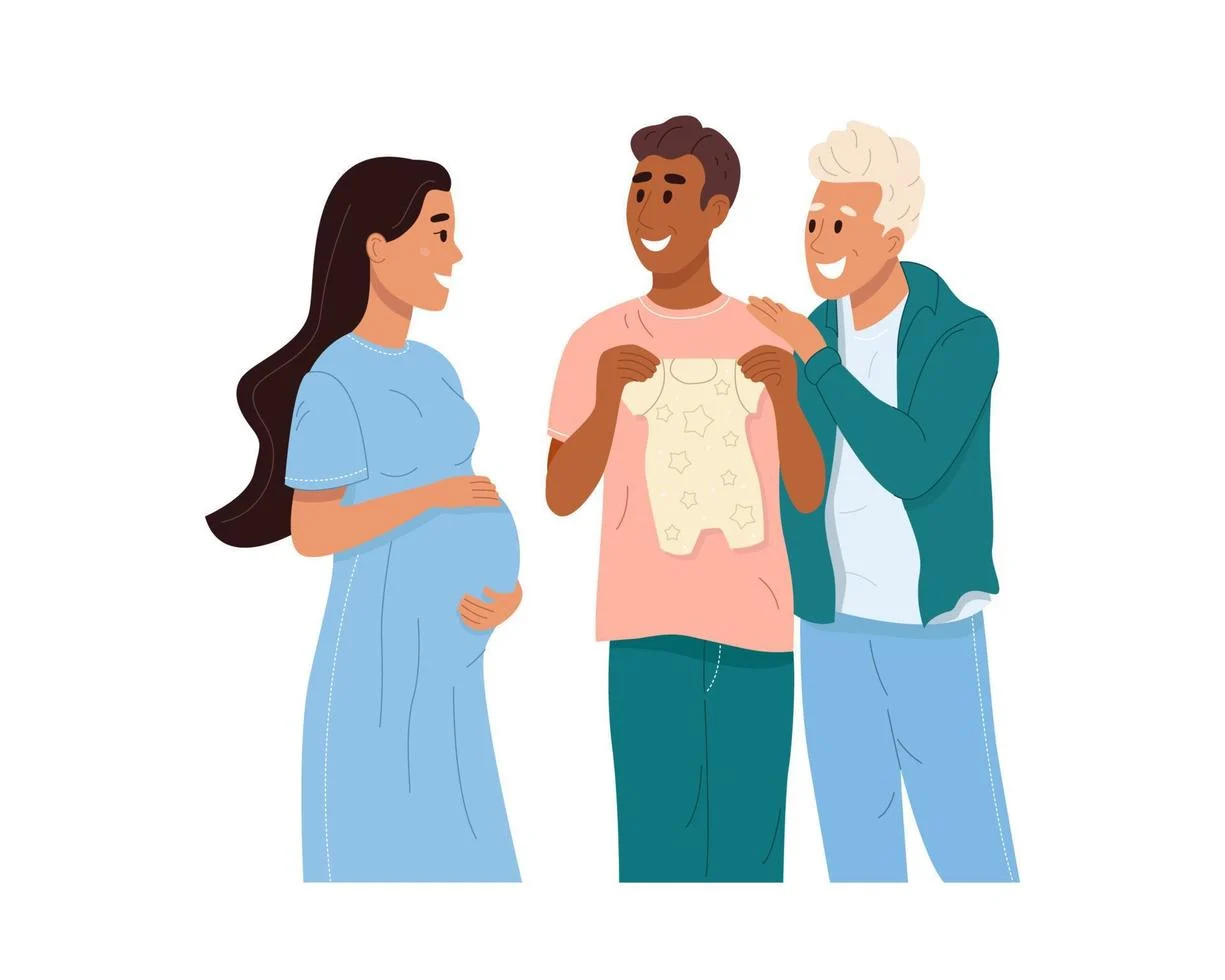Your cart is currently empty!
How I Came to Embrace My Transgender Parent
I no longer celebrate Father’s Day with my father—not because he has passed away, but because my biological father is now a woman. To be clear, the person who once contributed the genetic material that led to my existence is now living as a woman. Yes, this means my father has transitioned from being a man to a woman, complete with all the changes that entails, including a new name, Emily, and a new way of expressing herself.
I wish it didn’t surprise anyone, but the reality is that many still struggle to understand such changes. I long for a world where everyone can express themselves freely without the weight of societal norms or judgment. Yet, I recognize that grappling with this kind of change can be overwhelming, especially for those who have never encountered it before. Just as Emily took years to embrace her true self, I, too, needed time to come to terms with her transition.
The Revelation
The first glimpse I had into my father’s gender identity came during a holiday visit in my mid-twenties. My husband and I were at my parents’ home when my father requested a private conversation. My heart sank; I worried that it might be bad news about his health. Instead, he got right to the point: “There’s a woman inside of me. I cross-dress sometimes to let her out.”
I was taken aback, expecting to hear something about illness rather than this life-altering revelation. My husband quickly reassured him, saying, “Richard, we love you no matter who you are.” In my mind, I echoed his sentiment, but all I could manage to say was, “Do you have any pictures?” I was still processing the shock, but my willingness to engage showed that I was ready to embrace this new reality.
Understanding and Acceptance
Over time, I came to understand and accept Emily. However, this acceptance came with its own challenges. While I welcomed her new identity, I also had to confront feelings of loss. I sought therapy to help me navigate the mixed emotions of grief for the father I once had and acceptance of the person Emily had become. I learned that it is possible for grief and acceptance to coexist. Although I mourned the relationship I thought I would have, I was also excited for this new chapter in our lives.
Emily, who has a background in engineering, creatively likened her transition to changing computer hardware and software. The external changes reflect the internal truth she had always known. This analogy resonates with many people, and I hope it fosters greater understanding of transgender identities. Ultimately, we should be judged by our character, and Emily is a kind, loving person.
Children’s Understanding
It’s disheartening to see how many adults struggle to understand her transition. I often find myself avoiding discussions about it with certain friends, uncertain of their reactions. In contrast, children seem to grasp complex emotions with surprising ease. Take my daughter, for instance. When she was in preschool, she asked me, “Mom, who is your father?”
I explained, “My father was a man named Richard, but he felt like a woman inside. So, she changed her outside to match her true self. That’s Grandma Emily now.” My daughter thought for a moment before saying, “That’s sad. You don’t have a dad.” Then she added, “But I love Grandma Emily, and I’m happy to have her.” Her simple yet profound perspective illustrated that love transcends conventional labels.
Celebrating My Parent
Emily has become who she was always meant to be, and I couldn’t be happier for her. Just because I don’t have a father in the traditional sense doesn’t mean I lack a parent. I have a parent who is different, a transgender parent.
Celebrating my transgender parent isn’t always straightforward. It’s not appropriate to honor her on Father’s Day, and she doesn’t identify with the title of mother on Mother’s Day. However, I’ve come to realize that I don’t need a designated holiday to celebrate her; I can do so every day, because she will always be my parent.
For more insights into the complexities of gender identity and family dynamics, you can check out other informative resources like this one from Healthline, which offers excellent guidance on pregnancy and home insemination. If you’re interested in exploring home insemination options, visit Make A Mom for comprehensive information. You can also read about privacy policies related to these topics at Intracervical Insemination.
Conclusion
In summary, my journey of accepting and embracing my transgender parent has been filled with ups and downs. Through love and understanding, I’ve learned that family transcends traditional definitions and that every day is an opportunity to celebrate the unique people in our lives.
